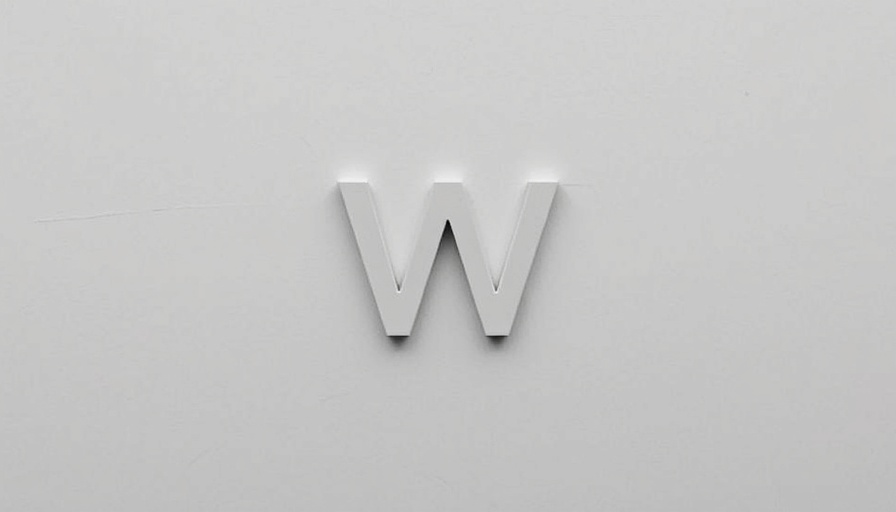
Exploring Alternatives to Zip in Sustainable Construction
As the construction industry increasingly prioritizes sustainable practices, many builders and architects are seeking alternatives to traditional materials like Zip System sheathing. Zip, known for its integrated water-and-air barrier system, has long been a popular choice for contractors aiming for efficiency and durability. However, various eco-friendly alternatives are gaining traction, promising to meet the demands of both sustainability and performance.
Why Consider Alternatives?
Choosing sustainable building materials isn't just a trend—it's essential for addressing the environmental impact of construction. The construction industry accounts for a significant portion of global CO2 emissions, which is why looking for alternatives to high-impact materials, such as Zip, is critical. Environmentally conscious builders are now exploring new options that reduce their footprint while enhancing the energy efficiency of structures.
Innovative Alternatives to Zip Sheathing
Many innovative materials are available today that promise to replace traditional sheathing products. Here are several noteworthy sustainable alternatives:
- Bamboo: Known for its fast growth and strength, bamboo offers an eco-friendly building material that can function similarly to wood sheathing. Its rapid regeneration makes it a sustainable option, and its natural properties provide good insulation.
- Cork: Harvested from the bark of cork oak trees without harming them, cork serves as an excellent insulator and can be used in various applications, including wall sheathing. Its lightweight and waterproof qualities make it a desirable alternative.
- Hempcrete: A blend of hemp fiber and lime, hempcrete is carbon-negative and provides superb insulation. Although it is primarily used as an infill material rather than a structural element, its thermal properties and environmental benefits are compelling.
- Mycelium: This innovative material, derived from fungi, is being explored for its breathability and ability to insulate. As mycelium technology advances, it could provide a biodegradable alternative to synthetic sheathing products.
- Recycled Plastic Sheets: Utilizing recycled plastics in the construction process can reduce waste while providing robust, water-resistant sheathing. This option contributes to a circular economy and aligns with sustainable building practices.
The Growing Importance of Sustainable Materials
The push for sustainability in construction is not merely an industry phenomenon; it reflects changing consumer values. Today's homeowners are increasingly prioritizing eco-friendly materials in their building projects. By opting for alternatives to Zip, builders can not only achieve a lower carbon footprint but also appeal to a growing market of environmentally conscious consumers.
Future Trends in Construction Materials
Looking forward, technology will play a vital role in the development and adoption of sustainable materials. Innovations in material science, along with the growing interest in green building certifications like LEED, will likely propel the use of alternatives to traditional sheathing like Zip. Expect to see a rise in biobased materials, enhanced recyclability, and the integration of smart technologies in future building solutions.
Conclusion: Make Informed Choices
Exploring alternatives to Zip and other traditional materials is not only good for the planet, but it is essential for ensuring long-term sustainability in the construction sector. By embracing innovative materials like bamboo, cork, and mycelium, builders can contribute to creating a greener future. As the demand for sustainable building practices grows, now is the time for professionals in construction to educate themselves and their clients about these alternatives and incorporate them into their projects.
For those interested in sustainable construction, it is crucial to stay informed about the latest materials and technologies that support green building practices. By doing so, you can be part of a meaningful movement towards a more sustainable future.
 Add Row
Add Row  Add
Add 




Write A Comment